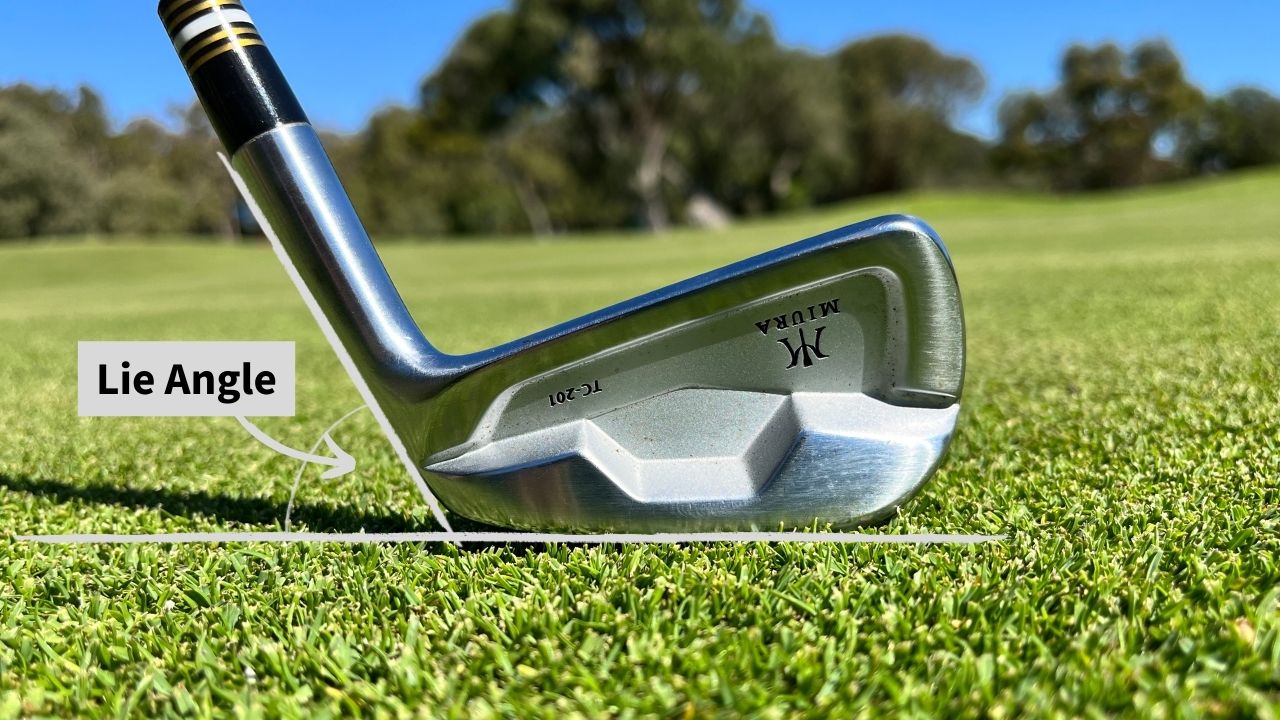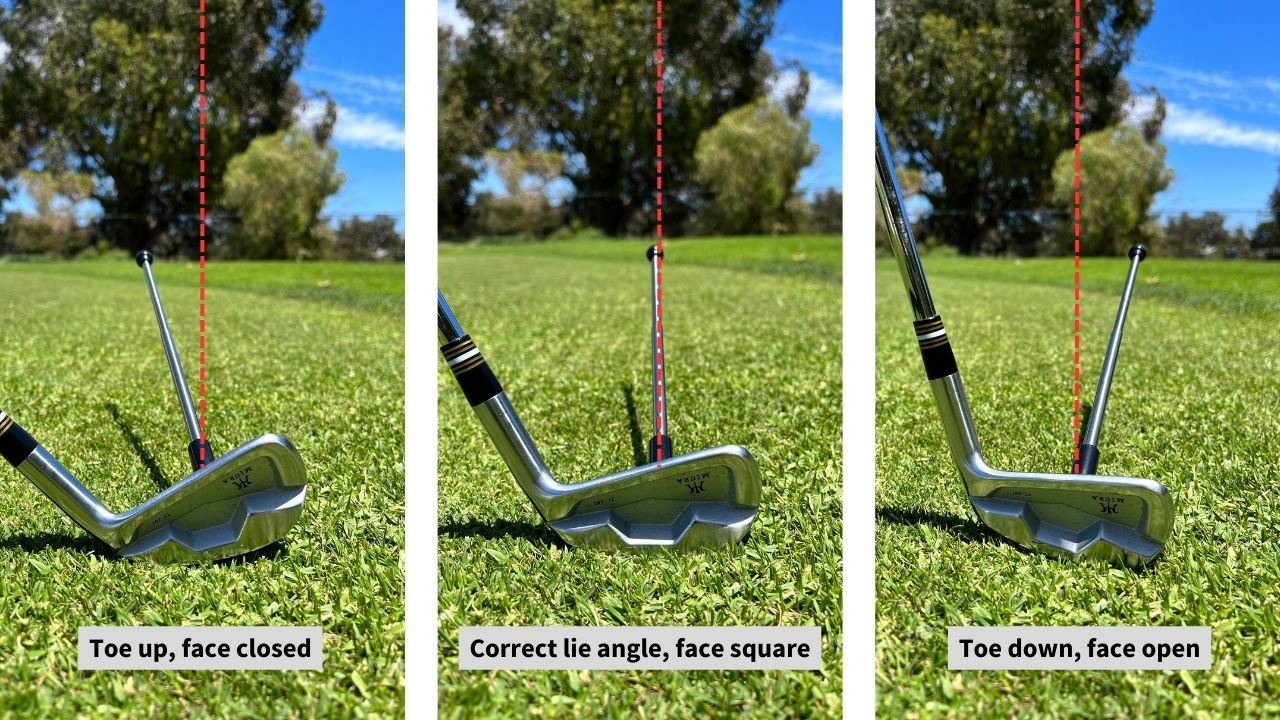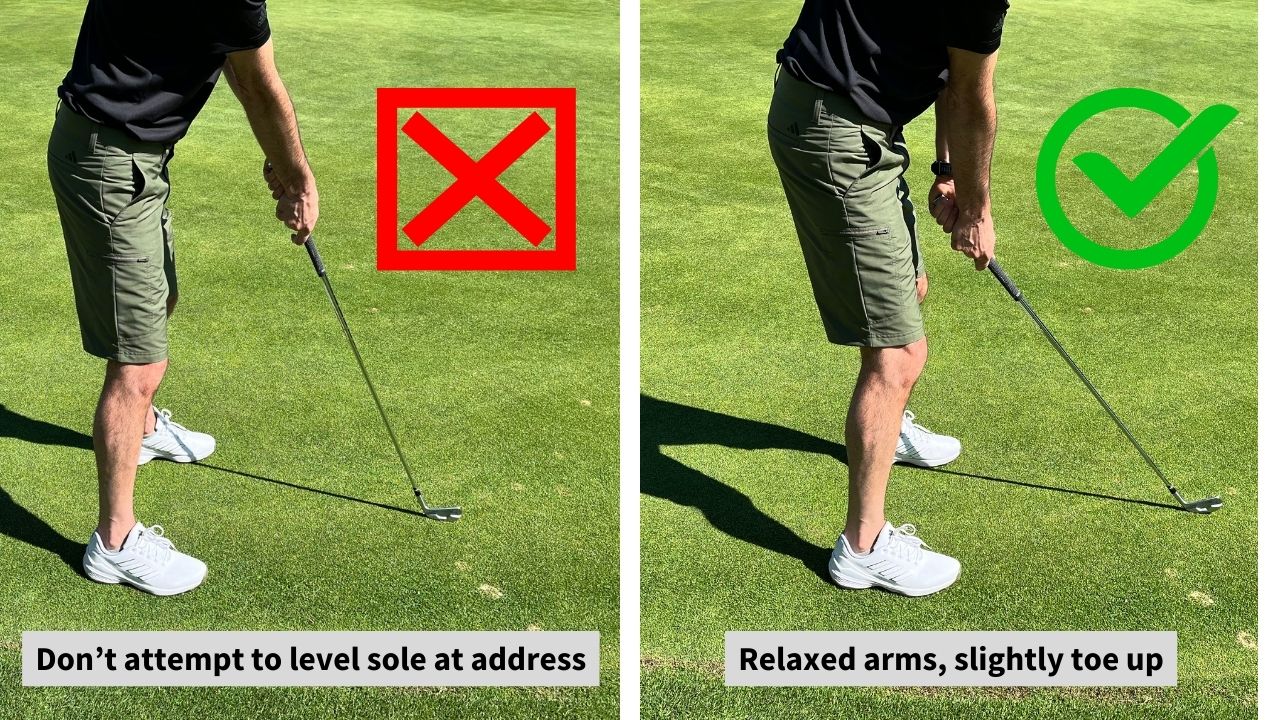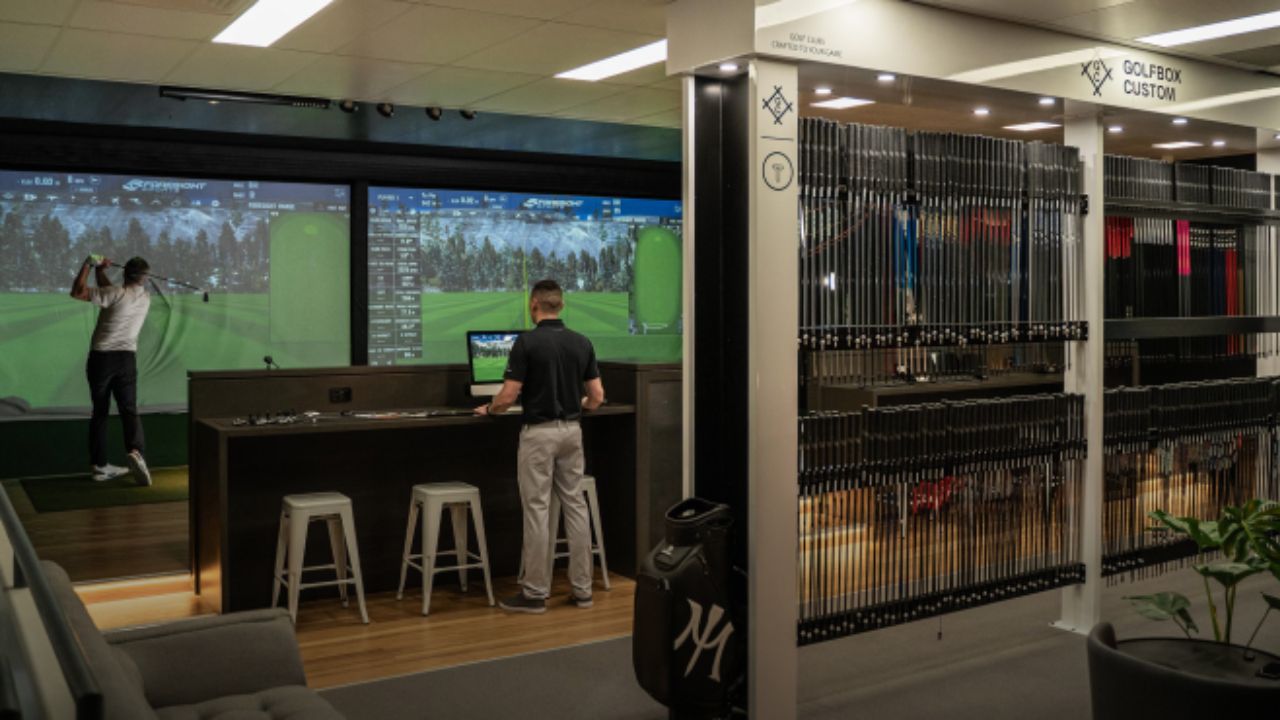Club Check: Is Your Lie Angle Correct?
Posted by Jamie Martin on 5th Dec 2023
Back in the day, the importance of fitting clubs with the correct lie angle was understood but it was hard to measure accurately.
Some club fitters used a divot board but its limitations were obvious: it revealed the lie angle when the sole of the club bottomed out, which in many cases occurred well after the ball had left the club face.
Others employed the Sharpie method: drawing a vertical line on the back of the ball with a Texta.
With any luck, the line would smidge on to the club face at impact and the imprint was reviewed to establish whether it was straight or veering to either side.
The major flaw with the Sharpie method was that lie angles are measured in one-degree increments. And it was nearly impossible to gauge whether a lie angle was out by a degree or two by studying a faint Texta line.
Since the introduction of the launch monitor into golf club fitting, lie angle can be measured more accurately than ever.
And it means your clubs can be built to work with you rather than against you.
WHAT IS LIE ANGLE?
Lie angle is the angle that exists between the club shaft and turf (on the heel side) when the sole of the club is grounded.
It’s one of the most misunderstood concepts in golf, yet it has a massive influence on a player’s ability to strike the ball accurately and consistently.
Experienced club fitters estimate that for every degree a lie angle is either too upright or flat, the ball will travel approximately four yards offline.
Incorrect lie angle can also create a tail-wagging-the-dog scenario into a golf swing, with players manipulating their swing to suit the clubs, rather than modifying their clubs to suit their swing.

THE MOST CONFUSING THING ABOUT LIE ANGLE
Let’s get this straight from the outset: the lie angle of a club at address isn’t what you’re getting fitted for.
It’s actually the club’s lie angle at impact. And it’s always different to the lie angle at address.
Why is that so?
It’s largely because of the rotation of the lower body into impact.
The hips turn towards the target and in doing so, the hands are slightly higher at impact than they were at address.
Meanwhile, forces on the club shaft also cause it to droop slightly at impact, pushing the toe of the club down.
Ultimately, a club fitter assesses the way the clubhead is delivered at impact to identify the most effective lie angle on your clubs.
CORRECT LIE ANGLE
A correct lie angle will result in the sole of the club head sitting perfectly parallel with the ground at impact.
And in that position, the ball should be flushed out of the sweet spot of the club and travel directly down the target line.
A lie angle that is too upright (toe-up) at impact will see shots start left of the target. And the opposite is true for a flat lie angle: shots naturally drift right of the target in a when the club is too flat (toe-down).
An effective way to visualise the impact of lie angle is to stick a magnetic alignment rod to the face of a club.
With the sole level, the rod will point straight at the target. Rock the sole slightly to an upright lie angle and the face closes; rock it flat and the face opens.
The impact is most noticeable in the shorter irons, so ensuring your higher-lofted irons and wedges have the correct lie angle for your swing is vital for achieving consistency.

LIE ANGLE: WHAT NOT TO DO
Some golfers attempt to level the sole out at address, in the mistaken belief the starting position should mirror the impact position.
However, this creates an upright posture and the wrists sit too high, making it very difficult to set them correctly on the back swing.
Starting with an athletic posture, slightly flexed knees and a relaxed arm hang, the club will naturally sit with the heel on the ground and the toe slightly in the air.
So don’t be concerned if your lie angle is slightly upright at address because it will usually create the right angles to get your swing on track.

TUNING LIE ANGLE
A club fitter will use a launch monitor to capture how much the club is either “toe up” or “toe down” at impact.
They will then use a loft and lie angle machine to “bend” your clubs to the appropriate lie angle.
Club fitters can also utilise an adjustable hosel during a fitting session, which provides a dynamic method of altering lie angle.

WHY LIE ANGLE MATTERS
Off the shelf lie angles vary according to every manufacturer.
For instance, a TaylorMade P790 seven iron has a lie angle of 62.5°. A Mizuno JPX 923 Tour seven iron is 61.5°.
Because lie angles aren’t standardised, it makes it even more important to get clubs fitted with the correct lie angle.
The GolfBox custom fitting studio can measure, recommend, and make lie angle adjustments to new clubs as well as assess current irons.
Book a fitting session and see the difference.


|
Written by Jamie Martin Jamie Martin is currently locked in a battle to keep his handicap hovering around the mid-single digits. Despite his obvious short-game shortcomings, Jamie enjoys playing and writing about every aspect of golf and is often seen making practice swings in a mirror. |

